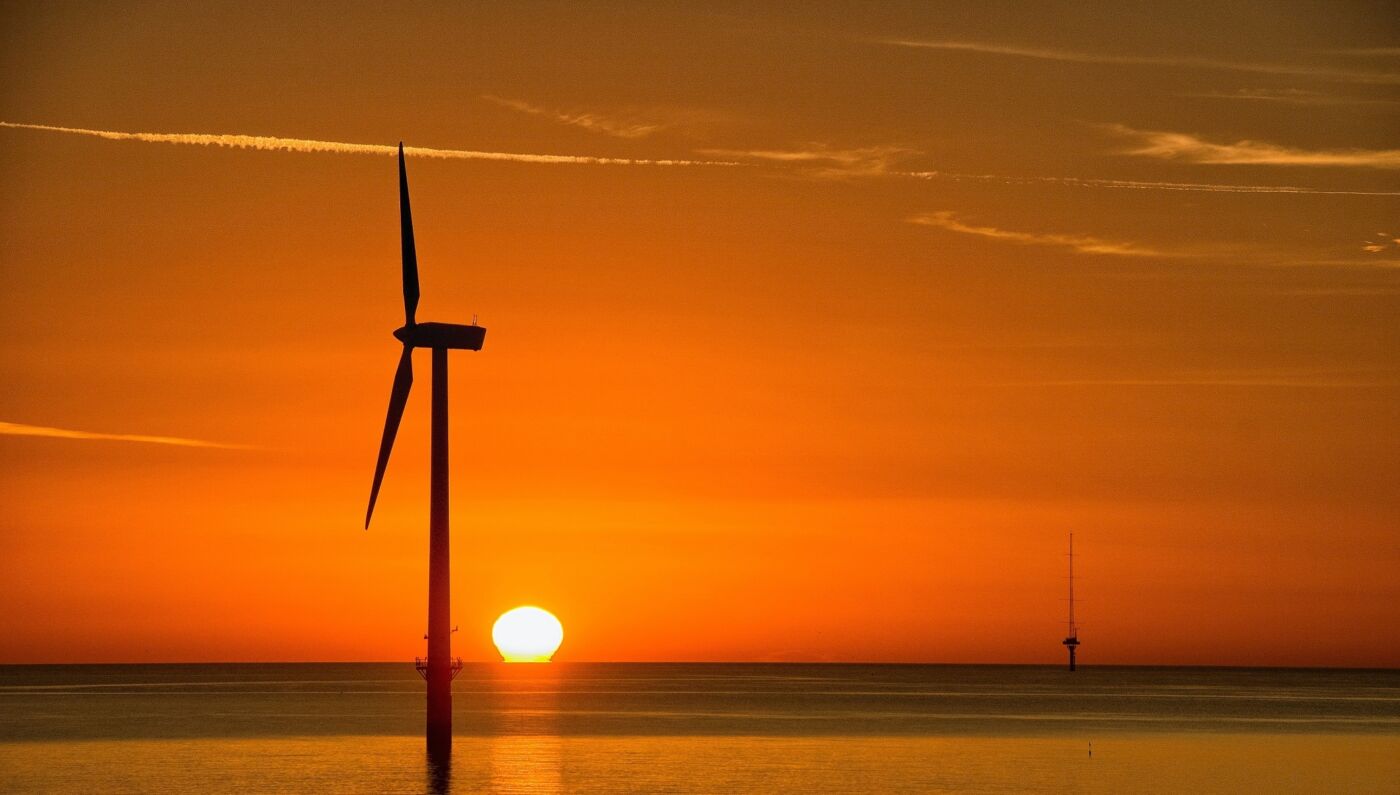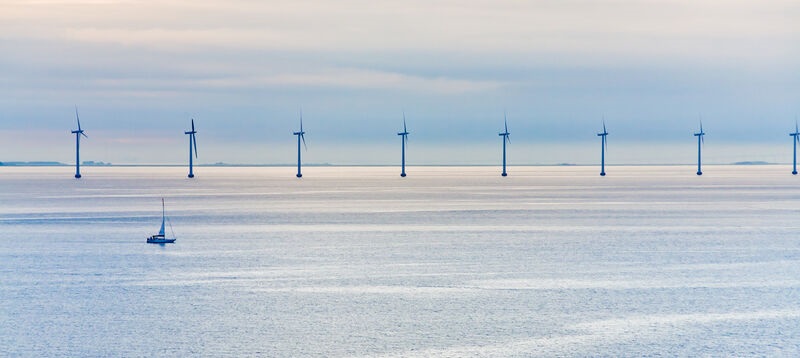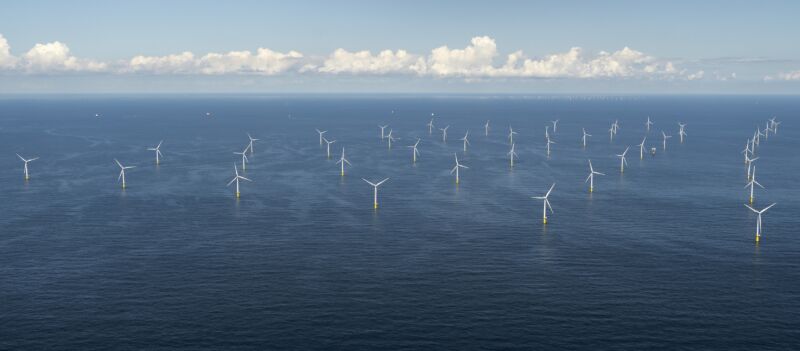Offshore wind is crucial for achieving net-zero emissions. And fortunately, it seems that the sector is evolving better than expected: In the past year, the global pipeline of offshore wind projects which are operational, under construction, consented, or being planned has almost doubled. This is the astonishing result of a new study currently published by RenewableUK, the British renewable energy trade association. It shows that their capacity has grown from 429 GW in 2021 to 846 GW today.
Reasons for the boom
Not only big players like China, the UK, and the USA are scaling up their capacities. Especially emerging markets such as Vietnam, the Philippines, India, Colombia, Azerbaijan, and Brazil have invested remarkably in their offshore wind resources. The main reason for this development is the support those countries receive from the Offshore Wind Development Program of the World Bank. The program aims at accelerating the uptake of offshore wind in countries with favorable technical and economical wind development conditions. They do so by sharing expertise, providing market development strategies, and technical assistance.
Another important factor for the enormous growth is the higher pace for the expansion of renewable energies, so countries can start reducing their fossil fuels reliance. Driven by the impending energy crisis caused by political turmoil, the heads of state of the countries bordering the North Sea like Germany, Denmark, Belgium, and the Netherlands have signed a declaration to accelerate the expansion of offshore wind energy. By 2030, they are planning to quadruple the amount of electricity produced in the area and even tenfold it by 2050.
New developments, new chances
For industries as a whole, costs are a huge development indicator – as is the case for the wind energy sector. The costs of offshore wind turbines have fallen by nearly 70 percent since 2012, particularly due to the accelerating growth of deployment in OECD countries and China. Last year, researchers from the Lawrence Berkeley National Laboratory in California surveyed wind power experts from all over the world. The result: for all three main types of wind turbines (onshore, fixed-bottom offshore, or floating offshore), they are projecting enormous cost reductions in the coming years, which will further boost the expansion of wind power.
In the near future, offshore wind projects will deploy more high-performance generators and expand their turbine fleet. With that, the gigawatts generated by offshore projects will also rise. In addition, further offshore technical innovations will allow wind turbines to be placed in areas with stronger wind conditions, such as the sea. While floating offshore turbines are still in an experimental phase, experts believe that they will be profitable for commercial use by 2030.
What’s next
The offshore wind industry is one of the most promising renewable energy sectors. According to a report published by the International Energy Agency, offshore wind production could reach more than 120,000 GW or 11 times the projected global electricity demand in 2040 – this is more electricity than people consume today all over the world. And it seems like the boom has only just begun.



